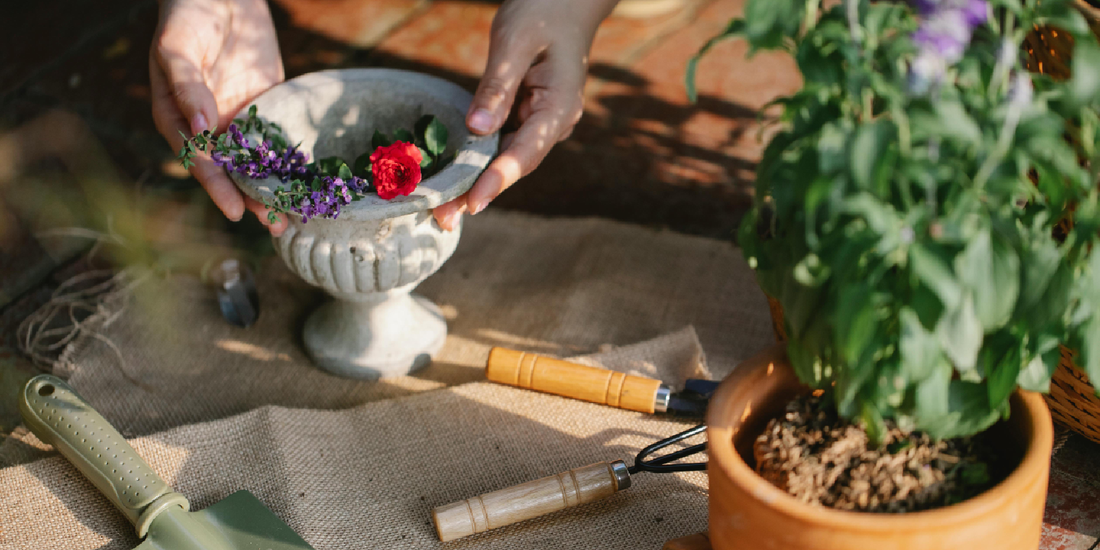
Do Grow Lights Really Work? Here’s Proof
Share
🌿 Do Grow Lights Really Work? Here’s Proof
In the age of indoor gardening, grow lights have become a buzzword among plant lovers, urban dwellers, and even commercial growers. But do grow lights really work—or are they just another gimmick marketed to houseplant enthusiasts?
At amoyls, where innovation meets design, we’ve built our products around the needs of modern plant owners. Our VerdantGlow S-Shaped 8-Tier Plant Shelf with Grow Lights is engineered not only for style but for real botanical performance. In this blog, we’ll show you the truth behind grow lights—how they function, the science that supports them, and the real-world results you can expect.
💡 1. The Science Behind Grow Lights
Plants rely on photosynthesis—the process of converting light energy into chemical energy—for survival and growth. Natural sunlight is the best source, but when you’re indoors or living in a low-light climate, grow lights become essential.
So how do grow lights replicate sunlight?
They emit specific wavelengths of light, particularly in the blue (400–500 nm) and red (600–700 nm) spectrum—those most crucial for photosynthesis.
- Blue light encourages vegetative growth—strong leaves and stems.
- Red light promotes blooming and fruit production.
High-quality grow lights (like those built into the amoyls VerdantGlow Shelf) offer a full-spectrum output, simulating the balanced light of the sun, which gives plants everything they need throughout their lifecycle.
🔬 2. Proof from Lab to Living Room
Several studies and real-life plant owners have provided evidence that grow lights do work.
🧪 Case Study 1: NASA’s Space Agriculture
NASA has conducted extensive research using LED grow lights to cultivate crops aboard the International Space Station. Their results confirmed that plants grown under red/blue LED lights can thrive and complete full life cycles—even in space.
🌱 Case Study 2: Controlled Growth at Home
At amoyls, we conducted our own small test:
- Test Setup: Two groups of pothos, basil, and succulents. One group placed near a window (indirect sunlight), the other under VerdantGlow’s built-in LED grow lights for 12 hours/day.
- Results after 4 weeks:
- LED Group: 25% more growth in pothos vines, richer color in basil leaves, and better compact shape in succulents.
- Sunlight Group: Slower growth, leggier plants, and pale coloration.
Conclusion? The grow light group not only survived—it thrived.
🛠️ 3. Choosing the Right Grow Light Setup
It’s not just about whether grow lights work—it’s about using them right.
Here’s what makes a real difference:
✅ Full-Spectrum Output
Ensure the lights provide both red and blue spectrums. Some cheaper lights emit only red, which isn’t enough for leafy development.
✅ Intensity and Distance
Light intensity decreases the farther it travels. Position your grow lights 6–12 inches above your plants (as with the VerdantGlow Shelf design).
✅ Duration
Plants generally need 12–16 hours of light per day. A timer helps maintain a consistent cycle and prevents overexposure.
🌈 4. Grow Light Benefits for Different Plant Types
Let’s break down how different plant types respond to grow lights:
|
Plant Type |
Response to Grow Lights |
|
Leafy Herbs (Basil, Mint) |
Stronger, bushier growth, deeper green leaves |
|
Flowering Plants (African Violets, Orchids) |
More consistent blooming when provided with red-spectrum light |
|
Succulents |
Less etiolation (stretching), tighter shape, vibrant colors |
|
Vines (Pothos, Philodendrons) |
Faster trailing and more foliage per inch |
If your goal is year-round lush greenery, grow lights are not optional—they’re essential.
🪴 5. Why the amoyls VerdantGlow Shelf Stands Out
Now that you understand the science, let’s talk about design. The VerdantGlow S-Shaped Plant Shelf isn’t just about light—it’s about lifestyle.
Here’s what sets it apart:
- Integrated Full-Spectrum Grow Lights on each tier
- 8 Spacious Levels for vertical gardening and efficient space use
- S-Shaped Modern Aesthetic that turns your plants into interior décor
- Tool-Free Assembly and solid stability for even heavy planters
- Energy-Efficient LEDs with up to 50,000 hours of life
Whether you’re growing herbs in your kitchen, nurturing tropicals in your living room, or styling a corner plant haven, VerdantGlow brings form and function together.
👩🌾 6. Real Customer Transformations
🌿 Jenna from Portland, OR
“I had a notoriously dark apartment. My monstera was dying slowly, but within weeks of moving it to the VerdantGlow shelf—new leaves, brighter greens. It honestly changed my plant life!”
🌱 Marco from Toronto, CA
“As a beginner, I didn’t realize how much lighting mattered. This shelf not only looks incredible—it saved my herbs.”
🌼 Lili from NYC
“I live in a north-facing studio with no direct light. VerdantGlow is like giving my plants their own personal sun!”
🧩 7. Debunking Common Myths About Grow Lights
Let’s clear up a few misunderstandings:
-
Myth 1: Natural light is always better.
Not always. Indirect or weak sunlight can leave plants struggling, especially in winter. -
Myth 2: All grow lights are the same.
False. Spectrum quality, light intensity, and energy efficiency vary widely. -
Myth 3: You need a complicated setup.
Not with products like VerdantGlow—everything is integrated and plug-and-play.
🌿 8. Final Thoughts: So, Do Grow Lights Really Work?
Absolutely—when done right, grow lights not only support but enhance plant growth, giving your indoor garden everything it needs to thrive. From science labs to city apartments, the proof is everywhere.
The key lies in choosing the right tools—and using them wisely.
That’s why amoyls developed the VerdantGlow Plant Shelf: to help plant lovers turn even the dimmest corners into lush, vibrant sanctuaries.
✅ Ready to Try It Yourself?
Visit amoyls.com to explore the VerdantGlow S-Shaped 8-Tier Plant Shelf with Grow Lights—the perfect harmony of science, design, and plant wellness.
Your plants will thank you. 🌱💡
